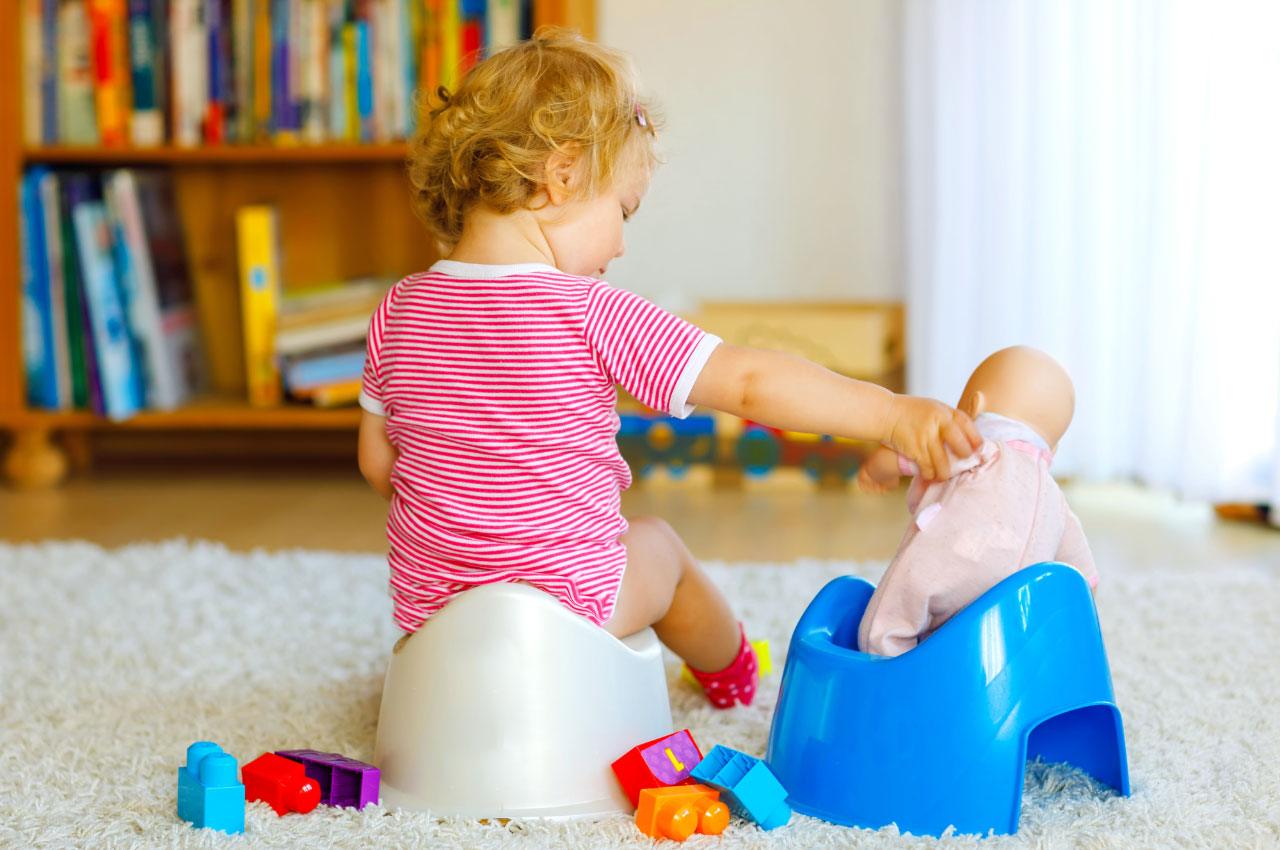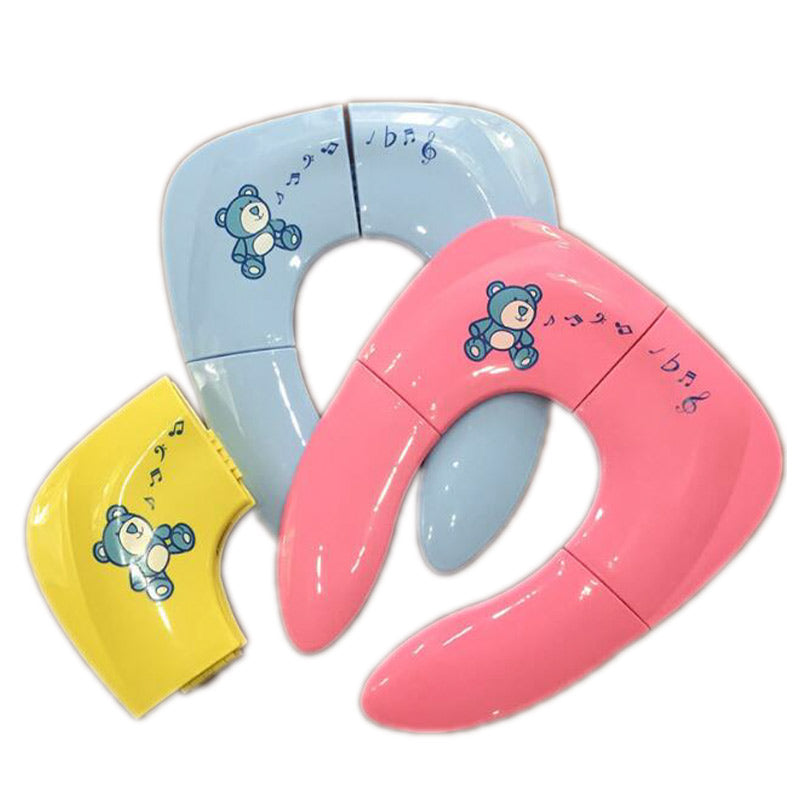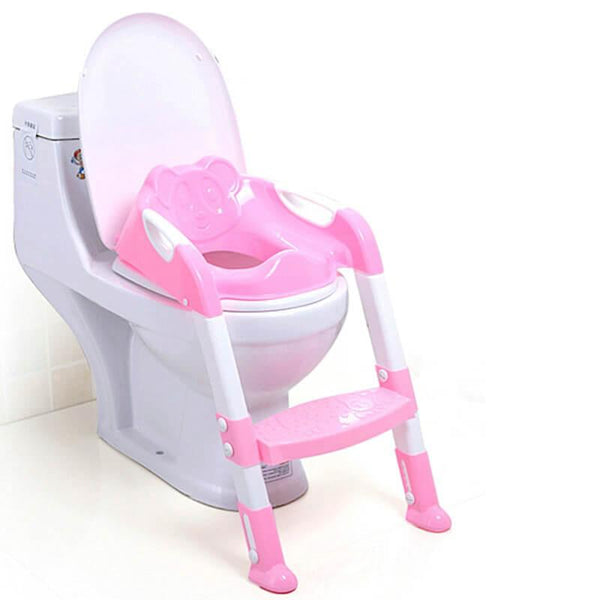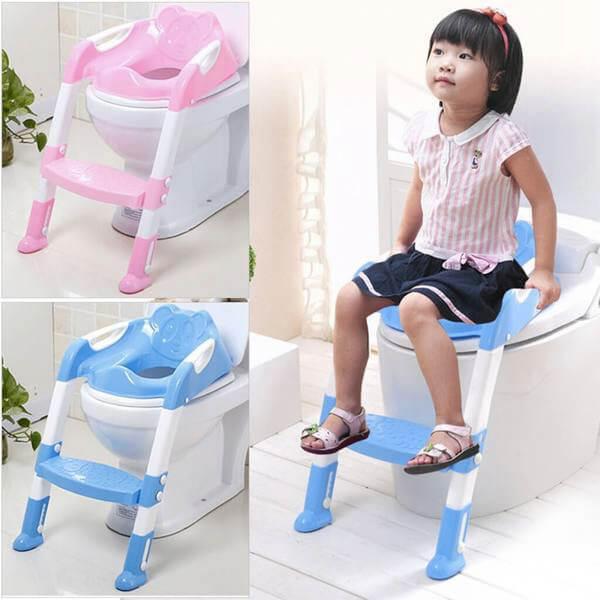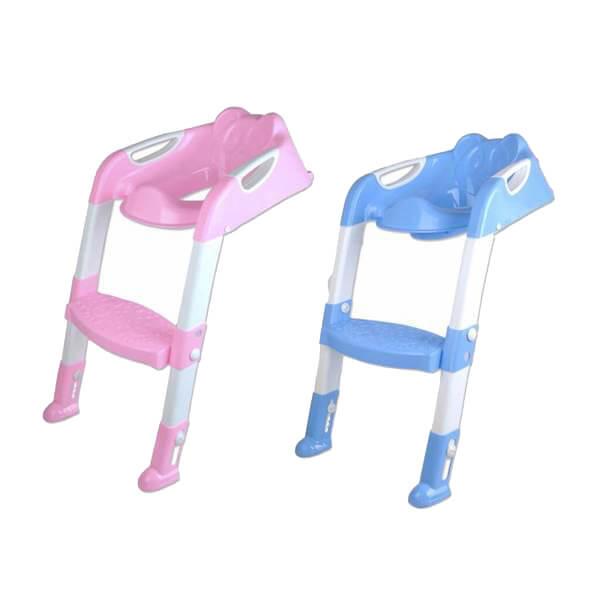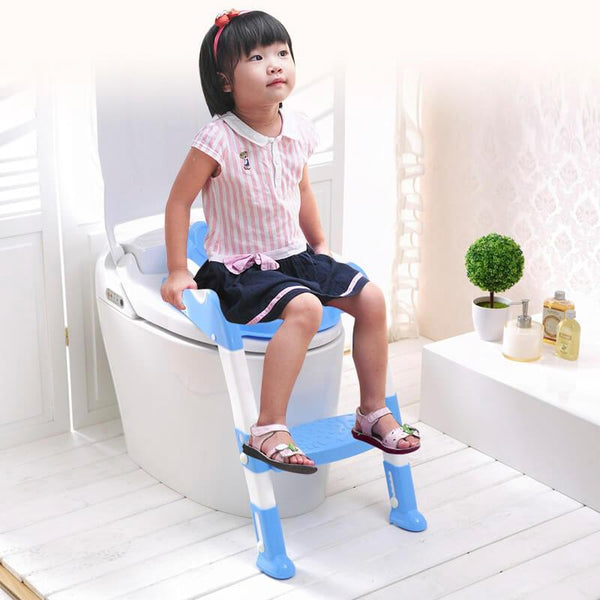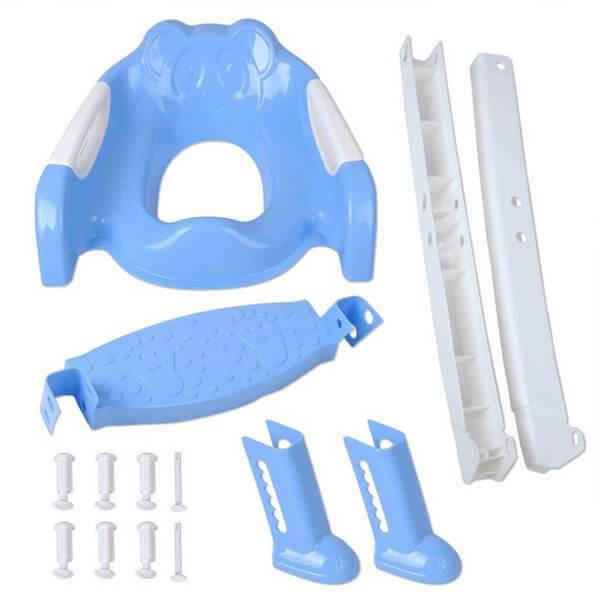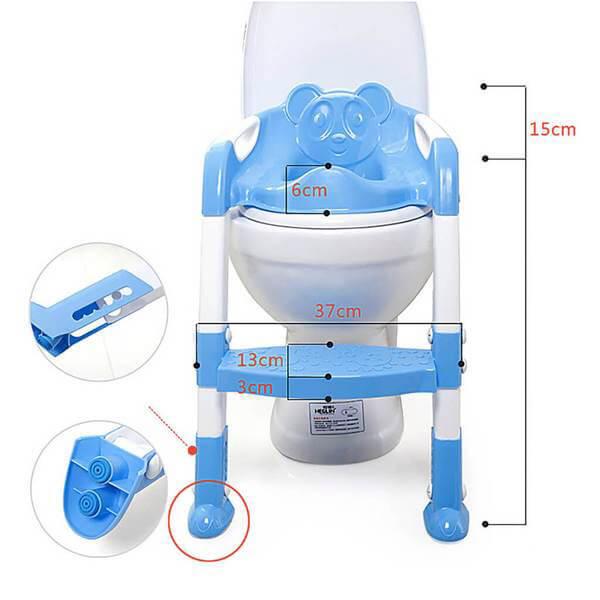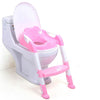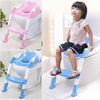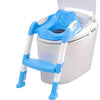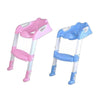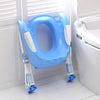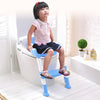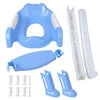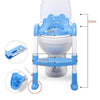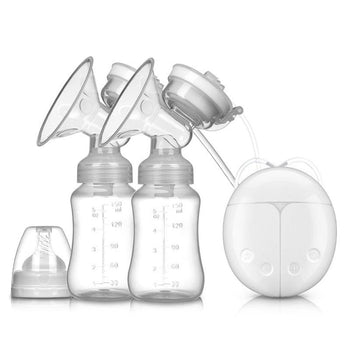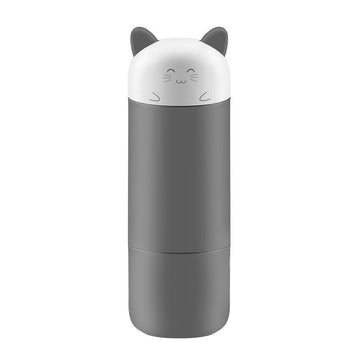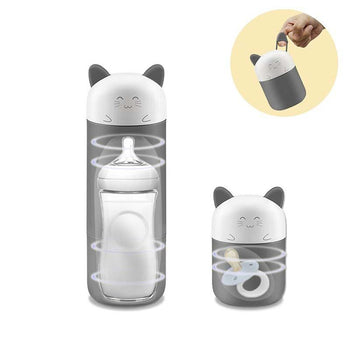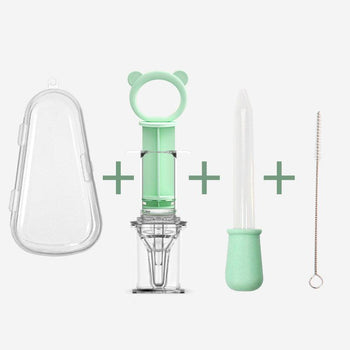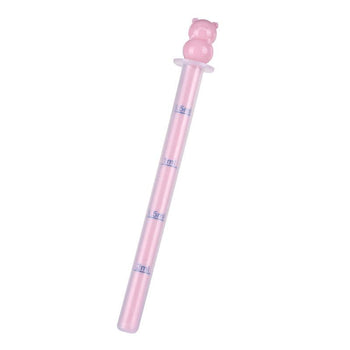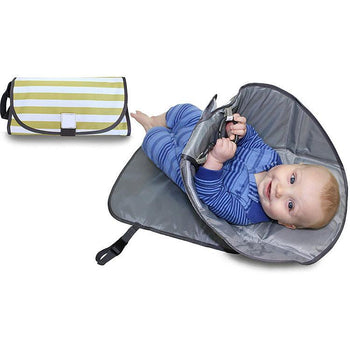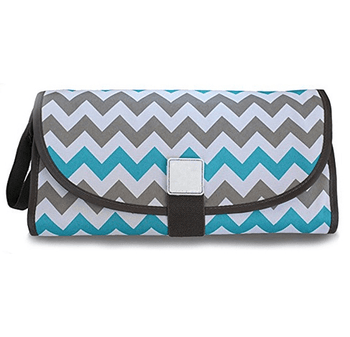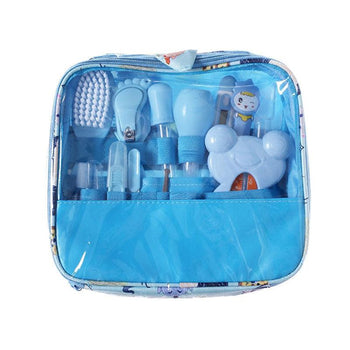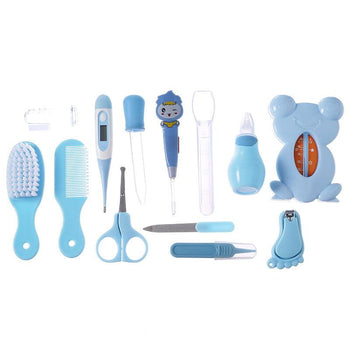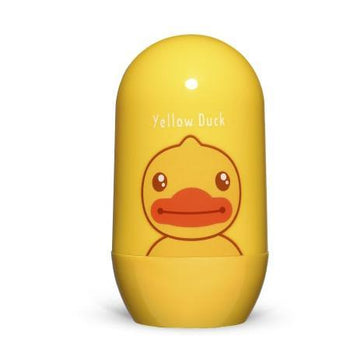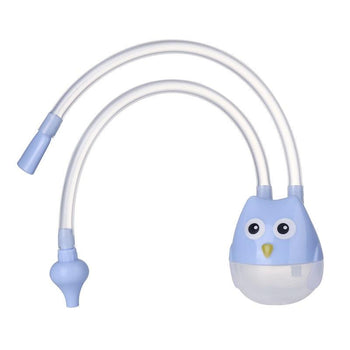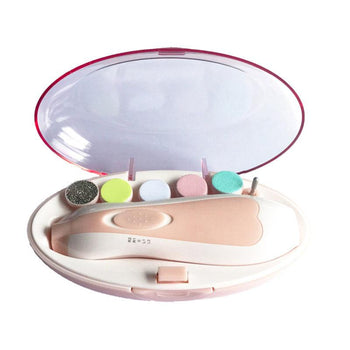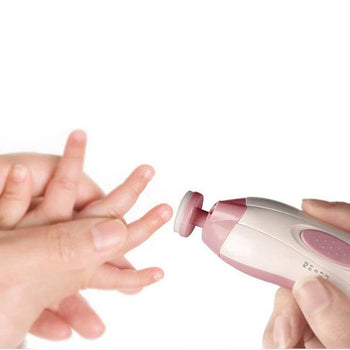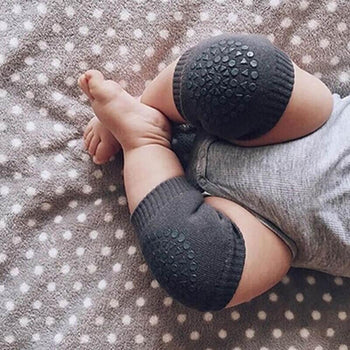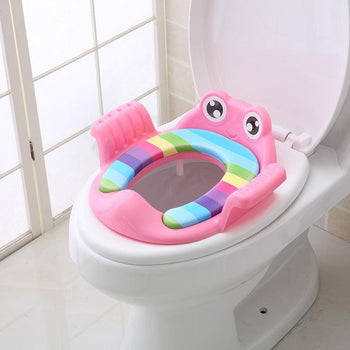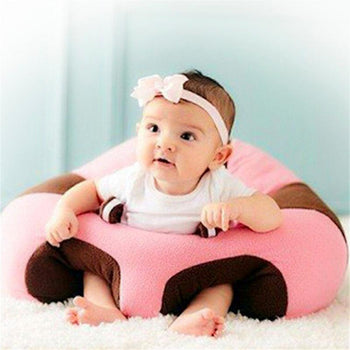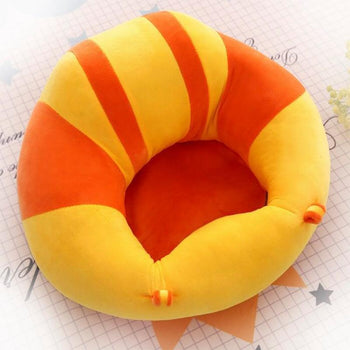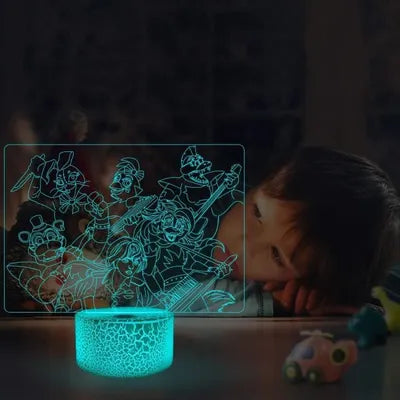Potty training can be a daunting task for parents and children alike.
There is no one right way to potty train a child. Some children learn quickly, others take longer. But there are a few key steps you can take to increase your chances of success.
Here are six simple steps that will help you succeed with potty training.
1- Do not rush your child
First, it's important to understand that children cannot control their bladder and bowel movements until they are 18 months old.
So don't worry if your child hasn't learned to use the potty yet, they just aren't ready yet.
It can be frustrating for parents to see accidents happen, but it's important to remember that it's an arduous process for children. They must learn to recognize the warning signs of the urge to do and to hold back until they have a suitable place to go.
There are, however, a few small indicators that can help you determine if your child is ready for potty training .
For example :
- he can start getting to know his pot on his own
- be curious about the toilet
- be able to stay dry for several hours
If your child shows any of these signs, chances are she's ready to start the potty training process.
The potty training process typically begins with daytime training and then progresses to nighttime training. It takes 3 to 6 months for a child to become potty trained during the day, and sometimes longer for the night. Keep in mind that there is no emergency, as long as your child is between 2 and 5 years old, there is no need to worry about "accidents".
The most important thing to remember is that your child will be on the potty when they are ready . Trust your child's instincts, offer support and be patient. Potty training is an important step for both of you!
2- Define a time conducive to learning
If, as we said earlier, the most auspicious time is when your child shows the first signs, it may not be the ideal time for you. If you've just moved at this time, for example, it's probably not a good idea to start right away.
To be honest, the ideal moment does not exist , there will always be something on your side or that of your child. Many claim, however, that learning is easier in the summer months. I think this is because shorts can be taken off quicker than pants etc.
3- Try to familiarize him with his potty or toilet adapter
Teaching a child to use the potty or toilet adapter gives them the tools to potty train. It can be a difficult and frustrating process, but it's an important step in potty training.
There are a few things parents can do to help their child learn to use the potty or toilet adapter.
First of all, it is important that the child is comfortable with the potty or the adapter. Start by letting him see and touch it, then gradually familiarize him with the idea of sitting on it. He should be able to sit comfortably on it and be able to get up easily.
You can also explain to him how big boys and girls use the toilet by showing him. Children love to imitate adults so he will surely want to do like you.
Then, once your child is comfortable with the potty or adapter , let them sit on it fully clothed, then help them get undressed and on their way.
Thereafter, you should encourage your child to try to relieve themselves regularly, even if they don't need to pee or poop. This will help the child get used to the feeling of using the potty or toilet adapter.
Finally, don't forget to praise your child each time they successfully use the potty or toilet adapter. This positive reinforcement will encourage him to keep trying.
About the adapter, you can discover on our Potty™ store, our toilet trainer with step to facilitate access to your child.
We also offer a foldable toilet adapter so that your child can do like the big ones even outside.
4- Establish a learning routine
Establishing a training routine is important for potty training. It can be helpful to put your child on the potty at regular times, such as after meals or bath time . Even if he doesn't use the potty at these times, it will help him know it's available if he needs it. If he goes on the pot remember to always praise him.
A little advice if your child is looked after during the day, do not hesitate to inform the person who takes care of it, so that they respect your routine and do not disturb your child's learning period.
5- Make the transition between diapers and panties
One of the steps in potty training is transitioning from diapers to underwear. This is an important step for parents and children. It indicates that your child is growing and ready for this new challenge.
Wearing underwear also allows your child to experience the sensation of wetness, which can be a helpful reminder to use the potty. Plus, it's just more fun to wear big girl or big boy panties!
If you're preparing to potty train your child, you can start by getting them to ditch diapers and wear underwear instead.
6- If it is clean during the day, remove the diaper from the dodo
It can be difficult to know when to take your child's diapers off at night. After all, no one wants to deal with accidents in the middle of the night!
However, if your child is constantly dry during the day, it's probably time to say goodbye to diapers at bedtime .
Most children are able to stay dry all night by age 3 or 4. Of course, every child is different, so if your child isn't quite ready, don't force it. Just watch his progress and trust your instincts. With a little patience, you'll soon have a diaperless sleeper in your hands!
To avoid any problems for the first few times, I recommend using our pajamagic™ , anti-bedwetting pajamas. These pajamas absorb pee leaks during the night and thus avoid wetting the sheets.
Conclusion
Potty training can be a challenging yet rewarding experience for parents and children alike. There's no one right way to do it, but by following these six simple steps, you can increase your chances of success.
Every child learns at their own pace, so don't be discouraged if your child takes longer than others to learn. Be patient and keep trying.

